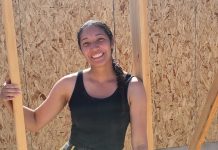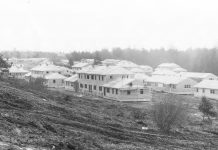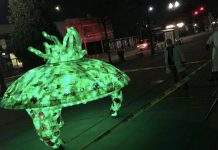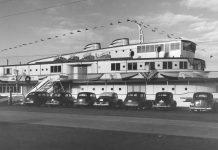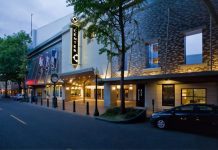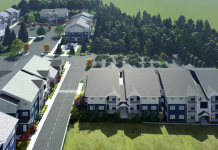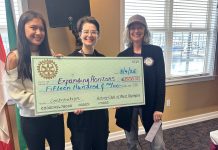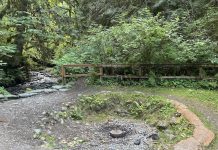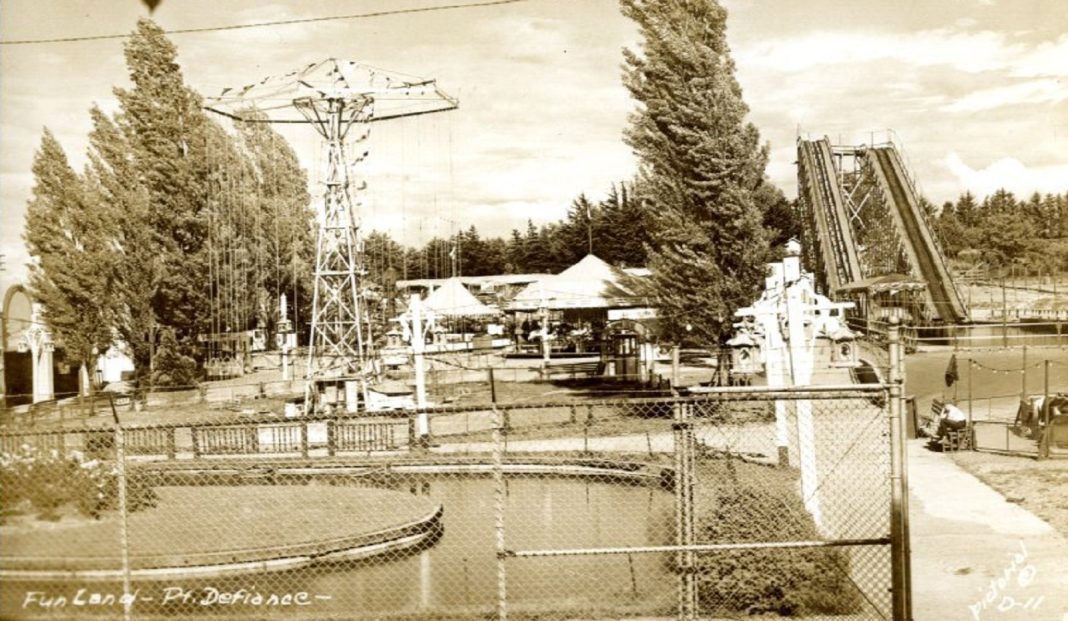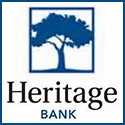Funland Amusement Park at Point Defiance entertained countless people in Tacoma from its 1933 opening to its closure in the early 1960s. While efforts to reopen the “fun zone” failed, it lives on in the fond memories of generations of Tacomans.
Point Defiance Park’s Answer to the Great Depression
The Great Depression’s grip on the region was deep when Metro Parks Tacoma approved the creation of an amusement park at Point Defiance Park. They hoped the attraction would generate needed revenue while providing employment and wholesome family fun.
A group of private businessmen formed the Point Defiance Amusement Company to build and operate the amusement park, which they ended up calling “Funland.” They picked W.A. Logus, one of the founders of the Jantzen Beach Amusement Park in Portland, as president and general manager.
Funland was built in “the triangle” near the park’s main entrance. Supervised by Metro Parks, the board insisted on trying out all the rides before it opened! Designed for the whole family, Funland banned both alcohol and gambling. “Attractive walks and lawns,” wrote the Tacoma News Tribune soon after the amusement park opened, “bordered with flower beds make Funland one of the most attractive amusement parks on the Pacific Coast.”
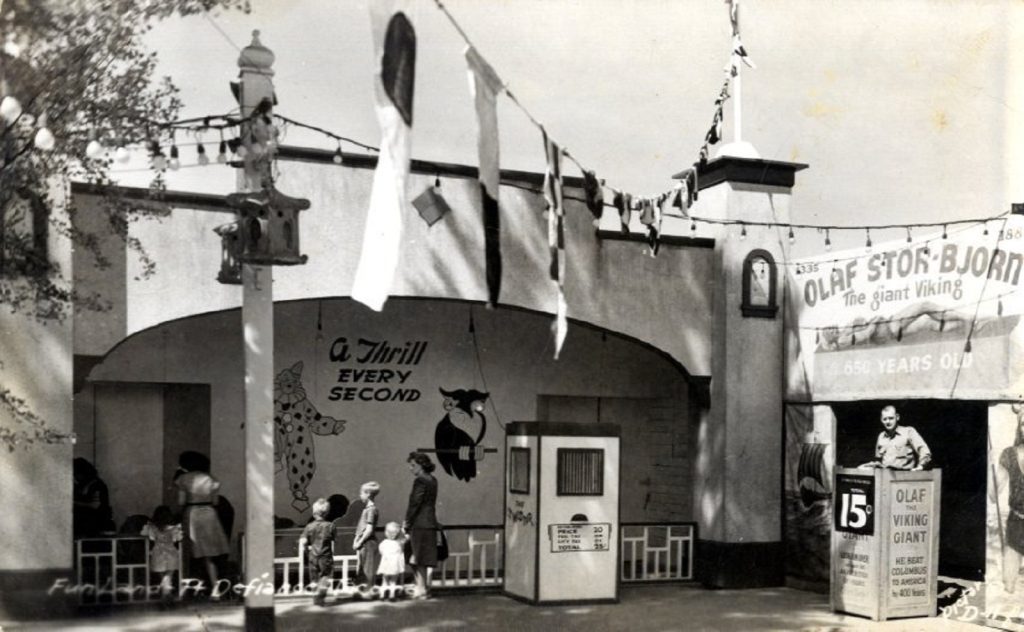
Funland Opens in Tacoma
Funland opened its gates on Memorial Day, May 30, 1933. Thousands attended the first few days. Admission to the grounds was free but rides cost money. The amusement park was open daily from Memorial Day through Labor Day.
The rides changed over time. Most were thrill rides like the Buzzer, Merry-Mix-Up, Octopus, Tilt-a-Whirl, Twister and Water Scooter. The “boat ride” was added in 1946. A sedate name for a stomach churner, the newspaper described it as 65 feet tall, with a 250-long chute, going into a 200-foot-long pool, like Splash Mountain at Disneyland. It was later renamed “Shoot the Chutes.”
The Dodgem/bumper cars, boat rides, Ferris Wheel, Bulgy the Whale, Red Bug, Merry-Go-Round, Miniature Train, Kiddie Car and Kiddie Plane were calmer attractions. Other plane rides over time included the Rock O. Plane, Loop-O-Plane and “Lindy Plane,” named for aviator Charles Lindbergh.
There was also a lunch room and booths selling peanuts, popcorn, hamburgers and hot dogs. Carnival games at the arcade included a skeeball alley and shooting gallery. Children could ride Shetland ponies on the “Pony Express.” Mini golf was added in 1960.
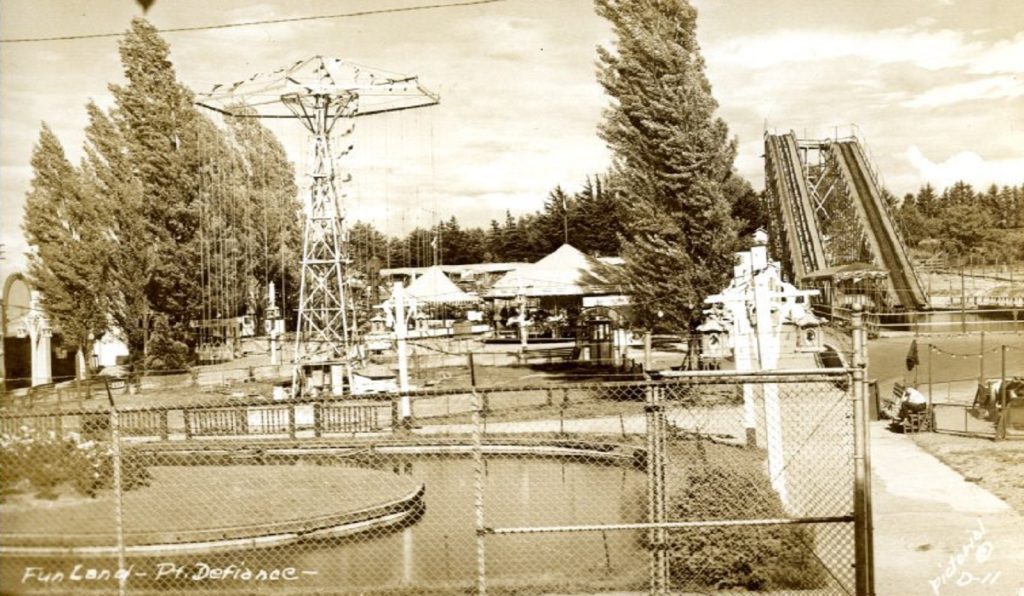
Funland, Community Hotspot in Tacoma
Funland quickly became a community favorite, popular with out-of-town visitors and locals alike. The World War II years brought even more people as gasoline and tire shortages, and rationing kept people closer to home. Soldiers from Fort Lewis would frequent the hotspot.
The amusement park was an excellent place for families to cap off a day of picnics and activities at Point Defiance Park. Groups liked to include a stop at Funland for their events at the park. The Tacoma Police Department, for example, rented Funland for their annual picnic for the schoolboy patrol. The South Tacoma Kiwanis sent children from the Children’s Industrial Home and St. Ann’s Orphanage to Funland during their annual picnic. Community groups came together “under the Big Top” carnival in Funland every night for a week during “The Midway of 1954,” part of a city-wide playground festival.
Funland sponsored events to bring people in, like bear wrestling. In 1934, the News Tribune sponsored a “Comic Parade” where children dressed up as popular comic strip characters. Entrants got free admission to two rides. In 1943, “Captain” Dick Clemens ran a lion act for over a week. Famous local television personalities also visited the park, including clown J.P. Patches in 1959 and Brakeman Bill in 1962.
Wednesdays were “children’s days” when ride fares were reduced to nine cents. Sometimes, they also passed out free candy bars. In 1933, the “candy shower” was so popular that they had to divide the boys from the girls to avoid repeating the mad scramble.
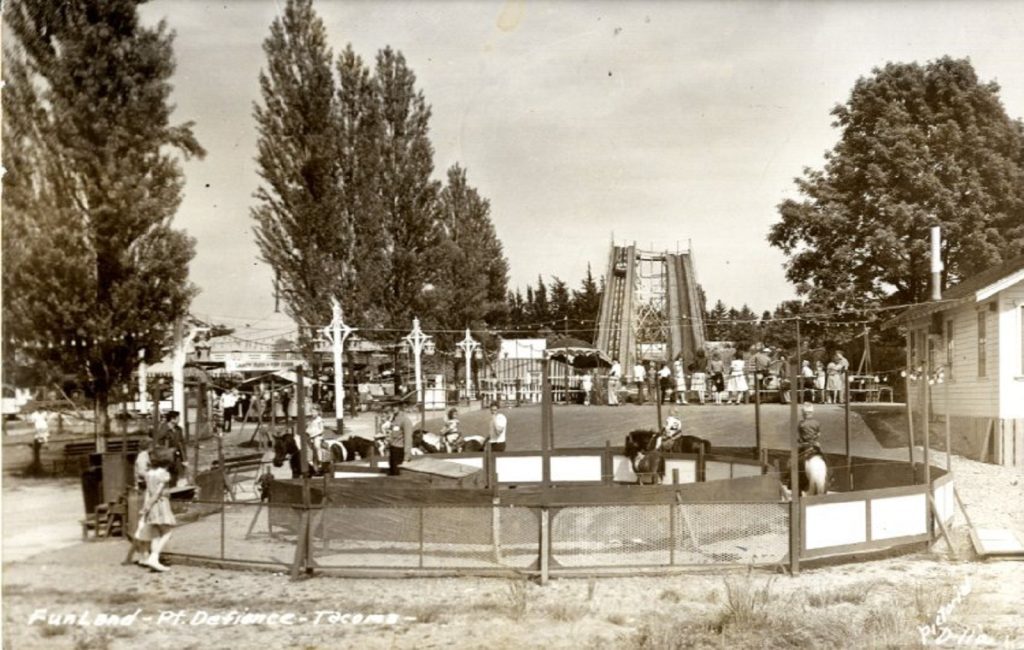
The Fun is Over in Funland
Over time, many people operated Funland. Early managers included Mel Olson and C.B. Skinner. In the 1940s, William Gerlings operated the park, bringing his brother Jake from the Netherlands to join him in 1947. In 1950, William Gerlings sold Funland to William H. Widenmann and Robert E. Bottinger, both of Portland.
While the park had a good safety record, it had its share of disasters. A fire damaged a storage building in 1944, destroying $8,000 worth of hobby horses, electric trolley automobiles and boats before the season opened. In 1955, a windstorm toppled the Shoot the Chutes. “It was rather a shock,” Widenmann told the News Tribune, “to see the highest thing in the park lying over on its side.”
By the 1960s, Funland was losing money and had closed in September 1964. The rides were taken down, except for the cart track. The area was used for events like ballet performances, Gardeners’ Paradise Days, and Clan Gordon Pipe Band concerts.
Various groups tried to reopen the amusement park in the 1970s, but concerns over the environment and traffic stopped them. In 1983, the remaining buildings were razed. Souvenir hunters and scavengers were invited to pick over the debris for lumber, bricks and whatever else they could find.
While the amusement park is gone, many Tacomans have pleasant memories of Funland. Neighbors still remember the mechanical sound the rides used to make and the squeals of laughter from the riders. Perhaps, if you linger, you might hear it too.

